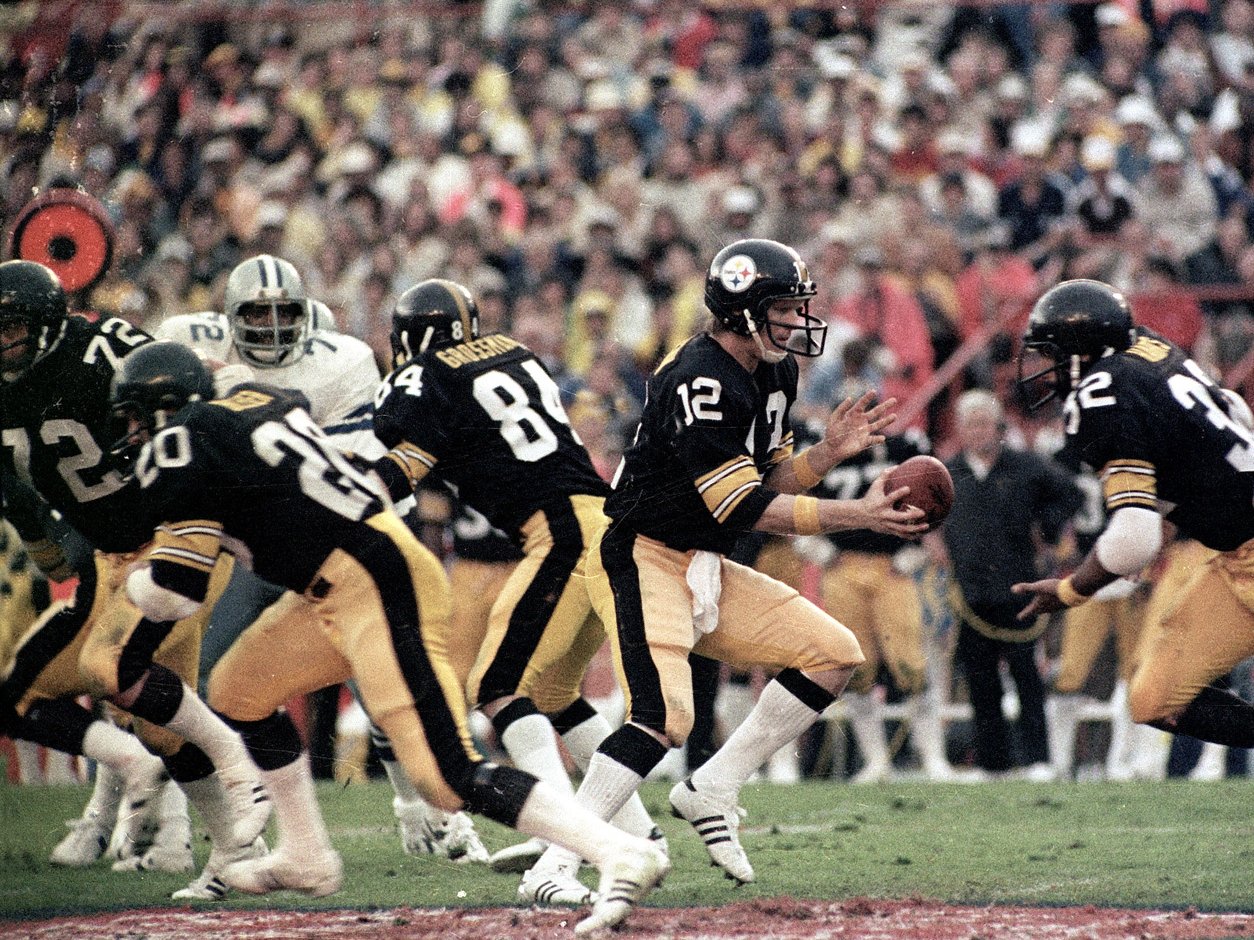The NFL, which is entering its 98th season, is clearly a different league now than it was 30 years ago.
In 1979, Sports Illustrated’s Frank Deford asked people around the NFL what the league might look like in 2000, from the rules to the personnel to the atmosphere. Looking back on those predictions is pretty eye-opening.
While some of the predictions look accurate today (growing fears of safety and more specialized positions) others look pretty funny (metals “flecks” in the football to see if it crossed the goal line).
We went back through the predictions and found a mix of guesses that were surprisingly on target and some that were wildly off the mark.
“In the year 2000, there won’t be any contact below the waist.” — Bum Phillips, head coach of the Houston Oilers in 1979.

Not quite, Bum. The league has gone the other way in an attempt to protect players’ heads. However, some receivers still prefer players go high rather than low to protect their legs.

"The 25-yard end zone is the single greatest thing that could change the game. The whole concept of goal-line defenses would change with that." — Marv Levy, then the head coach of the Kansas City Chiefs.

While Levy was correct that the NFL would try things to open up offense, the end zone remains 10 yards deep.

"Players will look a lot different: lighter equipment, more form-fitting shoulder pads, a different type of helmet, soft rib pads." — Dan Rooney, former president of the Pittsburgh Steelers.

Mostly right — a lot of the equipment is light, more form-fitting, and more absorbent.

"There'll be a little metal fleck in the football, so you can tell for sure whether the guy with the ball got over the goal line or was pushed back." — Tex Schramm, former general manager of the Dallas Cowboys.

Footballs don't have metal flecks in them (as far as we know). Usually, officials just use cameras to review whether the ball crossed the goal line.

"I think you'll have a lot of women playing quarterback by 2000. For one thing, they have a higher threshold of pain." — Byron Donzis, an inventor who designed padding for NFL players.

As of 2017, there has not been a female quarterback in the NFL.

"Maybe there will be a machine out there doing the coach's job. It'll be second and four, the guy will punch a button on his chest and — wonk, wonk, wonk — he'll say, 'OK, run off tackle.'" — John Madden, a former coach.

While some coaches are robotic, there are no literal robot coaches.

"Maybe the football players will come from someplace else. The best lineman in the country might be on the streets of LA, and not at USC — and we'll find a way to find him." — Phillips.

An interesting prediction. While NFL players come from all types of backgrounds, by and large, most players are American-born and found through the high school and college systems.

"The quarterback will have a calculator in his helmet. It will be on his Lexan visor, so he'll be able to see readouts based on percentages and statistics to determine the ideal play to run." — Donzis.

While some quarterbacks have headsets to hear calls, there aren't any calculators in helmets.

Deford wrote that many people in football felt that scouting and drafting would improve, perhaps even with computers making the picks.

While models and projections certainly play into drafting now, it seems humans in the front office still make the decisions. And, frankly, there is a human element that will always play into the success of any draft pick.

John Ralston of the 49ers suggested football players may be bred in certain areas: "You get to thinking about Swedish mothers, the Danish stock of people, raising bigger, stronger people ... I kiddingly once said that football players would be bred in the future, but now I wonder if that's such an impossibility."

As far as we know, football players haven't been bred yet, particularly in the Nordic countries.

Now find out about the competitiveness that drives one of the NFL's best players:

35 examples of Tom Brady's insane competitiveness »

